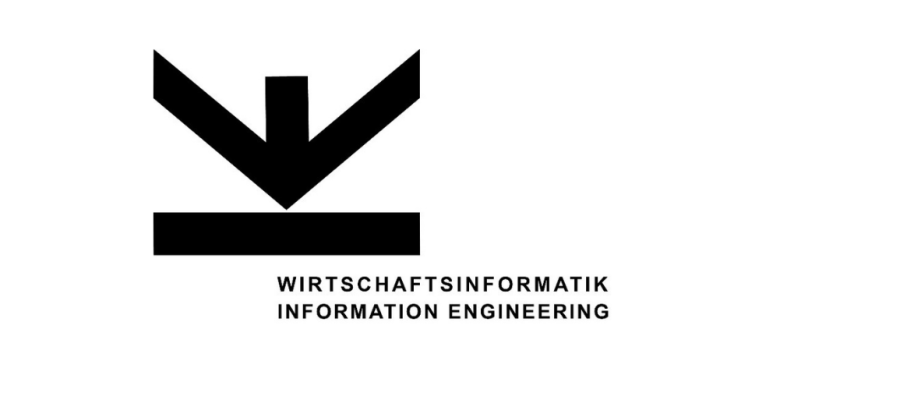Financial controlling
Financial controlling ensures a company's liquidity. The control measures help to improve the coordination and management of budgets in the financial area through forecasts and analyses.
Why is financial controlling indispensable for companies?
Controlling, especially financial controlling and financial planning as part of a company's finance department, has changed fundamentally in recent years. This is due to the increasing demands on corporate management and controlling.
Today, controlling employees should be involved in all business processes and be informed about financial activities. This requires close cooperation and a high degree of coordination between the various departments and functions within the company and controlling.
This enables financial controlling to perform its tasks optimally and support company management with short and medium-term financial planning.
As a result, financial controlling is developing into a strategic factor for companies. Controlling can support this step enormously and simplify processes.
Financial controlling software can help in many ways. On the one hand, it can make controlling work easier, for example by automatically generating cost calculations or supporting financial planning and investment control.
On the other hand, it can help the controller to better understand and analyze the financial situation. In this way, errors in financial planning can be identified and corrected at an early stage.

Financial controlling definition
Financial controlling is a part of controlling that deals with the tasks of financial monitoring, financial planning and the control and liquidity of companies.
The aim of financial controlling is to provide and manage information on the economic performance and liquidity of a company. Various key financial figures and indicators are analyzed and interpreted for this purpose. Based on the results of financial monitoring, controlling can take measures to optimize business activities and minimize risks.
Budgeting is a key component of financial controlling.
A financial plan drawn up for a specific period (usually a financial year), which contains the planned income and expenditure, is used as a guide for entrepreneurial action. Budget planning is carried out in close consultation with the company's various specialist departments in order to achieve the most realistic planning possible.
Another important aspect of controlling and financial controlling is cost and performance accounting. This is a tool that helps management to make a company's cost structure transparent and thus more efficient.
Cost and performance accounting in controlling can be used to make statements about profitability. It is therefore an essential basis for decision-making in financial controlling.
Do you need support?
Arrange a free consultation with us.
What is the aim of financial controlling?
One of the tasks and objectives of financial controlling is to provide information on financial performance and to manage it. It is intended to support company management in decision-making with meaningful financial planning and to help minimize financial risks.
What are the components of financial controlling?
Financial controlling is the systematic collection, analysis and evaluation of data and information in order to make decisions about investments and financial risks. There are various tasks and components that comprise controlling and financial planning. Some of these components are cost optimization, risk analysis, liquidity and financial planning.
Cost optimization
The cost base is an important factor in the financial planning and management of companies. By controlling costs, the results of business operations can be better estimated and optimized. Financial controlling encompasses both operational and strategic financial controlling of costs.
Risk analysis
A risk-based analysis is used to identify, assess and avoid risks. The risk analysis is carried out depending on the type of organization and its objectives. In addition to the usual risk factors such as the business model and company values, the type of management also plays a decisive role in the identification of risks. A risk-based analysis should be carried out regularly to obtain information on the current status of the company. This method is particularly suitable for small and medium-sized companies, as it is easy and inexpensive to implement.
Reporting
With the right reporting, key figures, the analysis of key figures and the identification of potential for improvement in controlling can be presented transparently.
Financial analysis
The task of a financial analysis provides insight and information about the financial situation of a company and makes it possible to recognize decisive developments at an early stage. This allows countermeasures to be initiated within a reasonable period of time. It therefore serves as a kind of early warning system for deviations in individual values.
Risk controlling
The tasks of risk controlling are to avoid unforeseeable losses and ensure the financial stability of the company. To this end, risks are identified, analyzed and evaluated. Based on the results of the risk analysis, measures are then taken to minimize or eliminate the risk. Risk controlling has become increasingly important in recent years, as unforeseeable events that can lead to significant financial losses are occurring more and more frequently. This makes it all the more important to identify as many risks as possible and take countermeasures in good time.
Budgeting
Budgeting is a controlling tool that companies can use to plan and manage their financial future. The first step is to determine what goals they have for the coming months, years or even decades.
A period is then defined over which the targets are to be managed. In this final step, either a budget is set or the actual costs of the previous months are analyzed and a budget is drawn up on the basis of these findings.
Securing liquidity
The tasks of ensuring liquidity include monitoring incoming and outgoing payments and checking accounts payable and receivable. Another important aspect of securing liquidity is monitoring investments. It must be ensured that the company has sufficient liquid funds to be able to make its investments.
Liquidity planning
Liquidity planning is about determining how much liquidity a company needs in order to achieve its goals. It is important to ensure that the company has sufficient liquid funds to meet its long-term obligations.
Good liquidity planning therefore helps the company to ensure that it has sufficient liquid funds to be able to work effectively. At the same time, however, it is also important that the planning is not too optimistic. Too much debt can lead to the company experiencing payment difficulties and ultimately becoming insolvent.
Do you need support?
Arrange a free consultation with us.
Why is liquidity planning important in controlling?
Liquidity planning is used to analyze and forecast cash flows. Based on these analyses, potential liquidity bottlenecks can be identified and, if necessary, remedied in good time.
Here are some reasons why liquidity planning is important in controlling:
- It helps to identify and eliminate short-term financial bottlenecks.
- It enables timely financial planning of investments and borrowing.
- It provides information on the performance of a company and thus enables the assessment of financing proposals.
- It helps to determine the optimum payment terms (e.g. discounts).
- It is used to monitor credit limits at banks and other lenders.
- It forms the basis for the preparation of target/actual comparisons in company accounting (balance sheet).
- It is a key component of a company's risk management.
Software for controlling
Controlling software can be a great help in monitoring and managing development and liquidity and thus creating meaningful financial planning.
This controlling software helps you to determine and evaluate key financial figures. You can also create automated reports and perform various analyses to understand and evaluate your company's financial performance.
It can help you to keep an eye on and improve the efficiency of your operational processes and also relieves entrepreneurs and controllers in terms of time and resources.
Financial controlling software can efficiently support you in actively and proactively managing the financial development of your company and reacting to market requirements in good time.
Do you need support?
Arrange a free consultation with us.
Conclusion on financial controlling
In this article, we have explained the topic of financial controlling, which is an essential part of controlling. Financial controlling is the systematic management and financial planning of the company and is therefore a key component of corporate management. Software can ensure transparency and bring stability to your financial and profit planning.




































